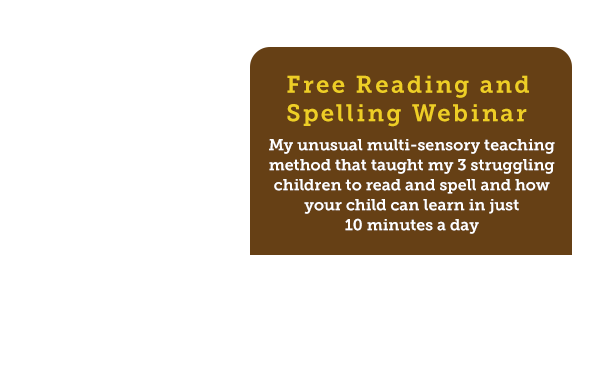17 Ways To Support A Student With Learning Difficulties
Depending on whether you share your classroom with another teacher or have your own, here are 17 strategies you can apply to make learning easier for students with learning difficulties.

1. Talk to students regularly to let them know that you are there for them – These kids are smart. They know what will help them to learn more effectively. You need to ask them, “How can I help?”
2. Seat the student close to you so they can hear you clearly and so you can see when they need your help.
3. Allow students close access to the whiteboard if you are teaching from it. Copying from the board takes a great deal of mental energy and a high level of visual processing skill. Make it as easy as possible.
4. Don’t waffle. Teachers love to talk ‘at’ kids. Give your instructions clearly and concisely to reduce auditory information overload. Face students when speaking and call for quiet when you are giving instructions.
5. Keep it short when speaking and writing. Use shorter sentences and phrases. This will make information easier to retain.
6. Watch students carefully for body language and behavior to see if a student requires extra assistance once they are working. Watch and learn!
7. Be prepared to offer alternate teaching methods and smile encouragingly if you are required to provide another way to describe, explain, draw or show a new concept to a student who is not getting it.
“Many students tell me that this is the main difference between a ‘good’ teacher and a ‘bad’ teacher.”
8. Offer visual cues or displays to represent new concepts or ideas you are presenting to the class. Concrete and tactile materials are a good option too. Leave the visual displays in place or provide handouts or electronic versions to aid the memorization of previously taught work. Notes can also be loaded onto a memory stick that students can take home with them or students can take a photo with their phone or computing device to refer to at a later time.
9. Offer auditory cues or recordings when you are presenting new concepts or ideas to the class to allow for further revision at a later date. Do the same for homework instructions. Audios can also be loaded onto a memory stick that students can take home with them or sent to students or parents via email. Students can also use their own computing devices to record short audios of instructions.

10. Don’t put students on the spot by asking them to read aloud, publicly answer a question, or present information to the whole class… Unless they have had the opportunity to practice, this has been prearranged or they indicate that they are keen to do so.
11. Use mixed media to present new information to allow for visual, audio, tactile and Kinaesthetic strengths in students. Video, drama and movement can all play a huge part in assisting students to retain new information.
12. Get students laughing. Use drama, games and fun activities for teaching and revising class information. Dopamine, a chemical released in our brains when we are having fun is a powerful way to cement information into a student’s long-term memory.

13. Consider basic human needs. Make sure students have access to fresh air, appropriate lighting, regular breaks and cool drinking water to allow them to work at their optimal level.
14. Allow for students with visual processing difficulties. Be aware that certain lighting, particularly bright fluorescent lights can impact negatively on students with visual processing difficulties causing eye-strain. They may work better in an alternative area of the classroom. You can also offer; a range of plastic tinted overlays, reading rulers, tinted paper, change the background colour on electronic whiteboards or allow students to wear hats or tinted glasses to reduce eye strain and assist reading.
15. Use colour. Black and white is out and colour is in. Provide students with colour coded school timetables, homework plans, textbooks and maps of the school so they know where each classroom is situated.
16. Don’t spoon feed. Good teachers facilitate learning in a supportive environment. Allow students to take responsibility for their schoolwork by giving them ownership and offering strategies for the personal monitoring of achievements. Empowered learners – learn better.
17. Use the 5+1 rule. Reward students and set a positive tone in your classroom. The 5+1 rule is simple. Make 5 positive comments before you make a negative remark to a student or the class. By the time you have completed your 5, the negative comment is often unnecessary. Highlighting the good behaviour means the bad often disappears. This simple strategy works for parenting as well.
Simple effective positive teaching, will benefit every student in your class, not just those who have a learning disability.
By Liz Dunoon
Editor Dyslexia Daily



















This is fantastic advice, many thanks
Very well documented ☺
Great document, thank you!!
This is excellent!! I will be sharing this with many of my peers!
Many thanks. Your blog is so helpful and encouraging.
This information is wonderful thank you for sharing! .
A piece of eritoduin unlike any other!